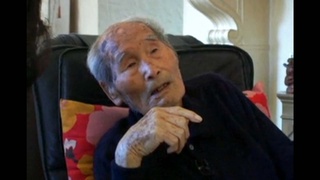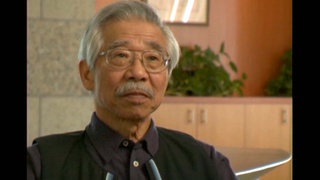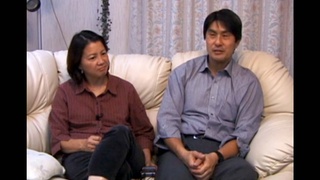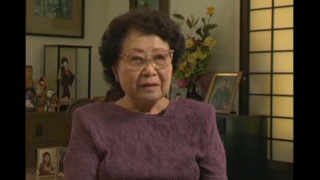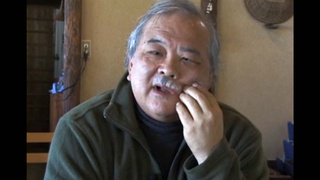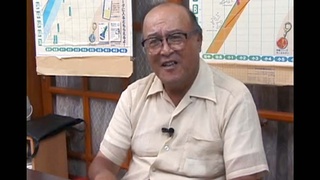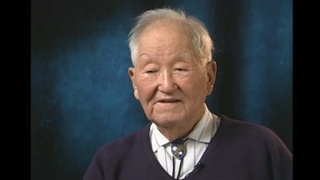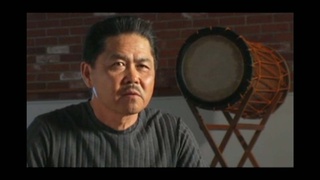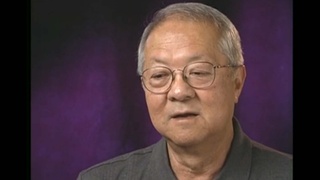Entrevistas
Imigração dos pais para o Peru
Ele foi para lá com, disse ele, centenas de homens japoneses em um navio, então leva muito tempo para chegar lá. Disseram que há todo esse trabalho no Peru, e ele disse imediatamente que descobriram que havia muito pouco. Ele disse que as pessoas morriam de fome. Não é como se as pessoas pudessem simplesmente pagar e dizer: “Ah, vou voltar e voar de volta”. Não há como pegar um barco de volta. Então ele rapidamente deixou seu ofício, que era ser carpinteiro, e fez alguma agricultura, e depois entrou no negócio de lavanderia e teve sucesso nisso. Ele acabou com três lavanderias diferentes e também se envolveu bastante com a comunidade de lá.
Então, quando você se envolve com a comunidade e começa a expandir o negócio dele, você se torna um sucesso, e essa é uma das razões pelas quais ele foi alvo. E ele chegou a um ponto em que, não sei ao certo quantas pessoas trabalhavam lá nas três lavanderias, mas ao ponto em que ele tinha uma babá para cuidar dos filhos mais novos, uma cozinheira, eles não tinham dirigi-los, mas eles ligavam para a limusine, então eles eram ricos. Sim. E ele estava no auge quando tiraram tudo isso dele, o negócio, a propriedade, claro, todo o dinheiro que ele tinha. Essa é provavelmente a parte mais difícil.
Minha mãe, sendo a típica esposa japonesa, simplesmente concordou. Ela é uma noiva fotográfica e então seguiu em frente. Não é como se ela tivesse escolha também.
Data: 20 de setembro de 2019
Localização Geográfica: Califórnia, Estados Unidos
Entrevistado: Tom Ikeda and Yoko Nishimura
País: Watase Media Arts Center, Museu Nacional Nipo-Americano e Denshō: O Projeto Legado Nipo-Americano .


